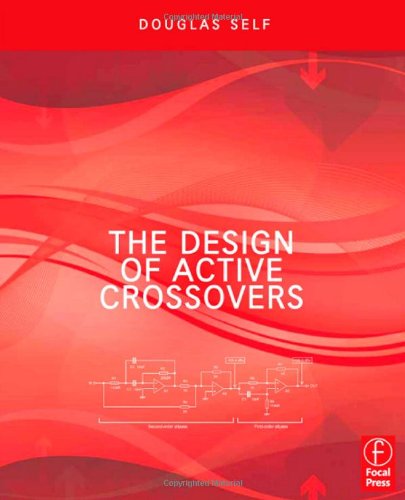The Design of Active Crossovers pdf
Par taylor millie le jeudi, juin 1 2017, 03:50 - Lien permanent
The Design of Active Crossovers by Douglas Self


Download eBook
The Design of Active Crossovers Douglas Self ebook
Page: 605
Format: pdf
Publisher: Focal Press
ISBN: 0240817389, 9780240817385
His rigorous, skeptical, and thoroughly practical approach to design has been applied to the small signal area as well, and some of the results can be found in his recent book, The Design of Active Crossovers. Isn't this technically no longer an active crossover design? The A2 differs significantly from the Atom in having a relatively rare sealed cabinet, as opposed to the Atom's rear-ported, bass-reflex design, and an active digital crossover instead of the Atom's passive one. One of the more unique aspects of the ULP is the utilisation of an active crossover rather than the traditional passive crossover found in 95% of commercial designs. This is only semantics, but I am still curious. In short, any cost and design complications in systems using active crossovers are offset by the following gains: "The end result? As I understand it, having an "active crossover" implies that the crossover is happening *before* the amping step. Lets start by describing an active crossover. With a passive crossover, it is usually positioned inside the speaker and the speaker designer presets the crossover frequencies to achieve the sound he wants for the speaker design. If one were to design and build their own active crossover, you save a lot of cash on the passive crossover parts. Internal active crossover and newly designed dual amplifiers ensure a broad, extremely accurate frequency response, clear imaging with a wide sweet spot, high power handling and detailed highs and mids.